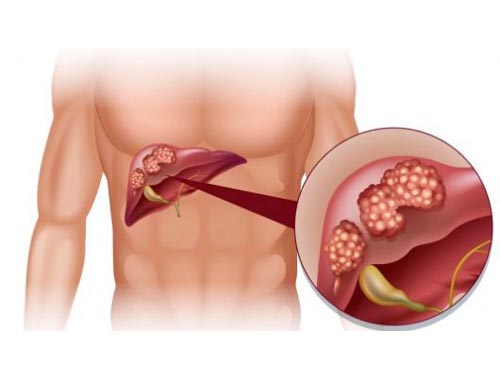Cirrhosis
Cirrhosis refers to the replacement of normal liver tissue with non-living scar tissue. It is always related to other liver diseases. As cirrhosis becomes worse, the liver will have less healthy tissue. If cirrhosis is not treated, the liver will fail and will not be able to work well or at all. Cirrhosis occurs in response to chronic damage to the liver. With mild cirrhosis, liver can repair itself and continue to do its job. But with more advanced cirrhosis, more and more scar tissue forms in the liver, making it impossible to function adequately. A number of diseases and conditions can cause the chronic liver damage that leads to cirrhosis. Chronic liver disease and cirrhosis are listed among the 10 leading causes of death in the US. Cirrhosis is the pathologic end-stage of any chronic liver disease and most commonly results from chronic hepatitis C and B, alcohol misuse, and nonalcoholic fatty liver disease. The main complications of cirrhosis are related to the development of liver insufficiency and portal HTN and include ascites, variceal hemorrhage, jaundice, portosystemic encephalopathy, hepatorenal and hepatopulmonary syndromes, and the development of hepatocellular carcinoma. Once a patient with cirrhosis develops signs of decompensation, survival is significantly impaired. The management of cirrhosis is aimed at treating underlying liver disease, avoiding superimposed injury, and managing complications. Timely referral for liver transplantation is the only curative treatment option for patients with decompensated cirrhosis.
